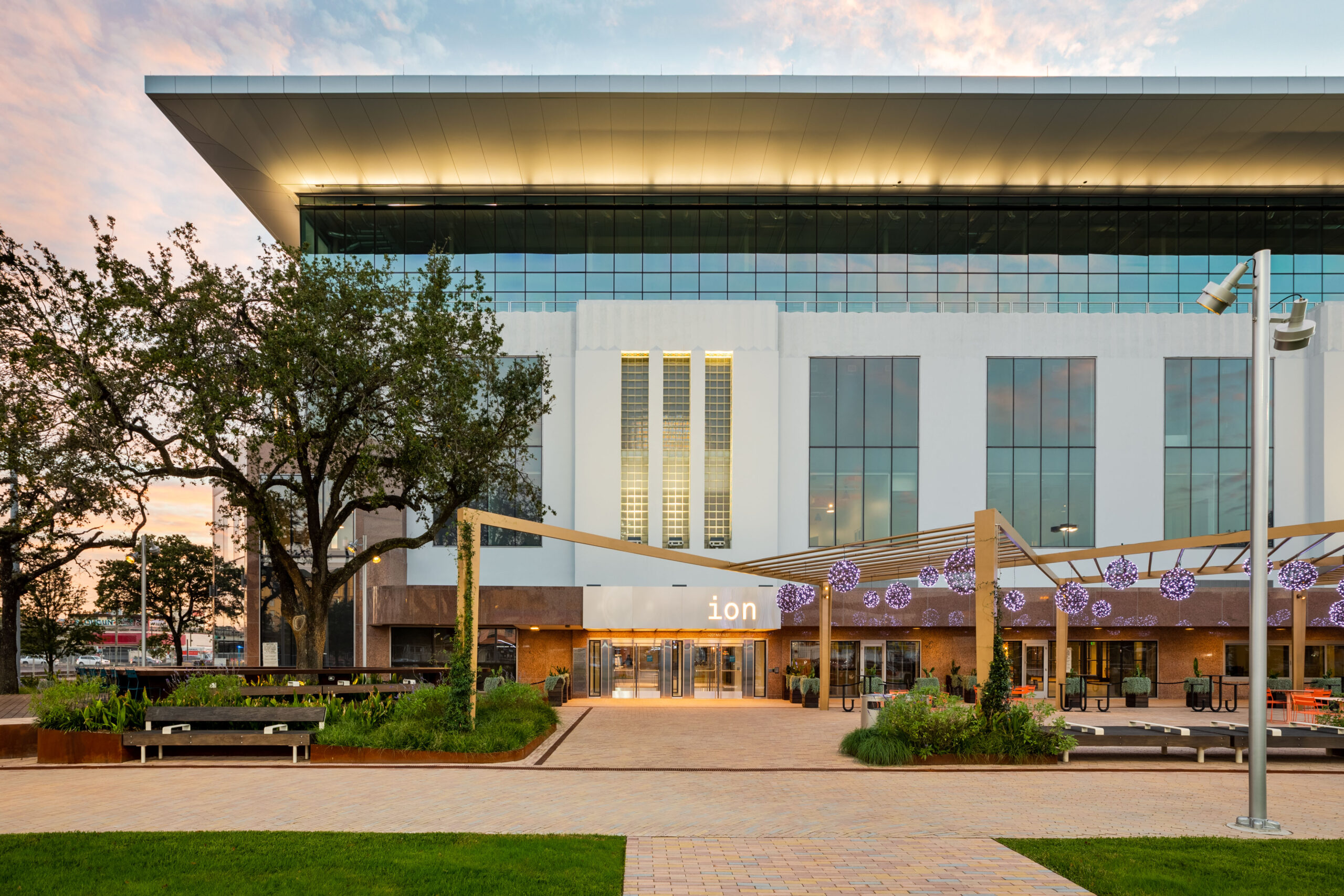
Face to Face: The Ion’s executive director has big plans for the new district
by
Face to Face: The Ion’s executive director has big plans for the new district
The Ion stands in Houston’s Midtown as a symbol of the future and a reference to the city’s past. The sleek building opened in 2021 after an expansive $100 million renovation to bring the 1939 Sears department store into this century.
The innovation hub plays host to several technology giants, such as Chevron, Microsoft and Transwestern, but the vision is to be more than the landlord of innovators. The Ion District will eventually stretch across the 16 acres controlled by Rice Management Co. to become a destination for entrepreneurs and collaborators to gather for work and play, with retail, restaurants and, potentially, multifamily living.
The building is already 86% leased, with the recent addition of 10 tenants including Rice University’s Office of Innovation. The opening of the highly anticipated Late August restaurant by “Top Chef” alumna chef Dawn Burrell is set for this June, which promises to draw even more attention and visitors to the Ion.
Executive Director Jan Odegard has been involved with the Ion since it opened its doors, first as senior director for industry and academic partnerships. Odegard spent more than 18 years at Rice University, with his last position as the executive director of Ken Kennedy Institute for Information Technology.
Odegard sat down with the Houston Business Journal to talk about the Ion District’s potential and what’s next for the tech hub.
What is the thought process behind the Ion’s development and tenants?
When we started thinking about building our innovation hub, it was like, “Well, what is that and what ingredients does it need to have,” and it became very clear very quickly that you have to create a place where people want to be.
It needs to be mixed-use because you need to have different stakeholders feel like this is a home for them. So, we have restaurants and food and beverages.
We have programs and open spaces with our partners and for our partners. We also needed to figure out flexible office access, so there’s a place for that, and we have coworking spaces in the building. And then we wanted to have corporations in the building that was part of that full value chain — for entrepreneurs with ideas that want to get into the tech ecosystem to collide with people that are looking for a talent pipeline and looking for new companies and startups.
We wanted to build the entire ecosystem and then repeat it across the district and actually add even more dimensionality to it so that it truly becomes a place where you want to never leave. You want to come here, be here, live here, work here, play here, so that’s an important part of what we do.
The most recent addition to the Ion District was a parking garage. We needed that asset to allow the district to be pedestrian first, no tunnels on the ground, no sky bridges. People in the center, people are the energy. People are what generate value and ideas. Every ground plane will be accessible to take the outdoor spaces and connect them to the indoor part of the building. It could be retail, could be restaurants, could be more kind of lobby spaces that have functions in various ways.
The initial build-up was done as a strategic investment by Rice’s endowment. Future ones will be done more as a joint venture with developers where we’re looking that they will invest in most of the vertical while we kind of do land leases and some ground plane activation.
Why do you think multifamily living options need to be included in the Ion District?
I think this is what people are looking for. You’re looking for that place where your office is next door and you have access to things that you wouldn’t have access to otherwise. I think all of these spaces are amenities that actually create value even for residential spaces. If I think about myself, I want to live in a place where I have access to restaurants and people that are changing the world and whatnot, and I don’t want to get in my car. I’d rather leave my car in the garage. I may be biased because I’m European.
The Ion District’s Community Investment Report was recently released, which details the most recent results of Rice University’s Community Benefits Agreement with the City of Houston, including housing affordability and inclusive hiring. What are you seeing in terms of the surrounding communities merging with the Ion?
When we look at the people we pull in here, we see part of that community. Our doors are open. We’re inviting them to come, but they also have to take advantage of it. We’re seeing good traction with the many communities. They’re seeing the value of what we’re doing. When we look at the zip codes that people come from, they come from all zip codes, but they also come from around here.
We’re already making significant investments. We’re continuing to make those investments in the city. We’re going to be announcing a couple of other things and strategic investments in that portfolio very soon. There’s more coming and we’re one year in with that report, we’ve just started year two deployment.
So there’s a lot more to come there, but we are seeing that traction, we’re seeing the engagement.
What are you most excited about right now?
My excitement is really about starting to achieve what we set out to do, which was to showcase Houston and create density around tech and innovation and make that the center of who Houston could be in a few years. I’m also really excited about seeing that we have good representation. It feels good that when we said we were going to make the building work for Houston, seeing that reflected in the kinds of people that come to our event, both in the audience, as well as on stage. It’s important to also think about that when you put people on stage because you want to see somebody that looks like you on the stage.
For those who aren’t necessarily in the tech or entrepreneur space, how could they utilize the Ion?
Give it a chance. Come visit and be open-minded about what it could do for you. Come to Cup of Joey to meet and connect and figure out what your role could be because you could be a subject matter expert, you could be an adviser.
